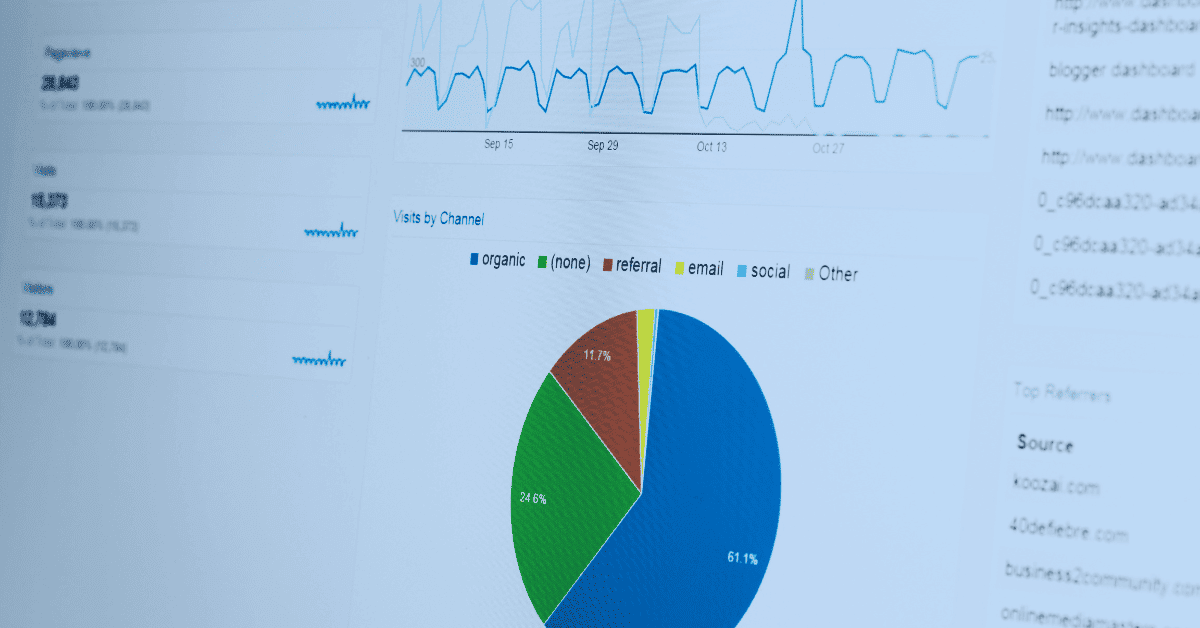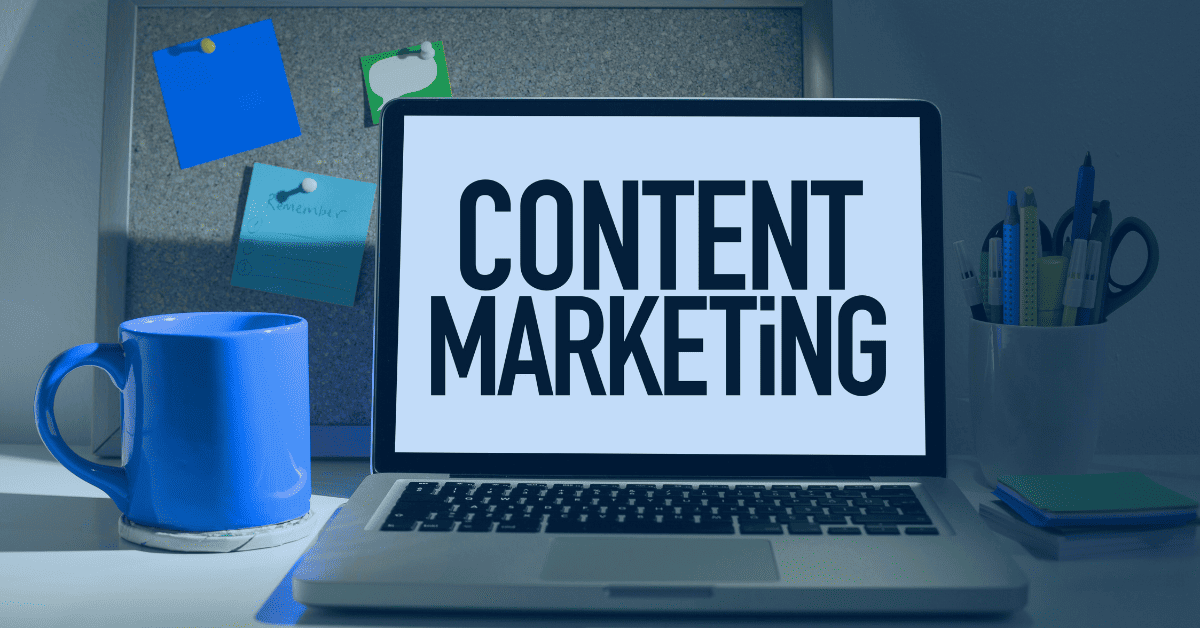Using Google Tag Manager correctly - best practices 2025
By Heinz Klemann on Jul 11, 2025 1:27:39 PM

Google Tag Manager (GTM) has long been the standard in modern web tracking - and yet many companies are not using its full potential. In 2025, the clean, data protection-compliant and strategic use of GTM will be more important than ever: for valid data, scalable tracking and efficient marketing processes.
In this article, we show you how to use Google Tag Manager correctly - with the most important best practices you should know in 2025.
1. clean structure and naming - the foundation for scalable tagging
A common problem: confusing containers with wildly named tags and triggers. 2025 applies:- Use clear naming conventions (e.g. GA4 - Event - CTA Click)
- Work with folders to keep campaigns, tools and events structured
- Document important tags and triggers externally - ideally together with your consent management team
- A structured GTM container saves time, reduces errors and makes your tracking traceable.
2. consent is mandatory - set up GDPR-compliant tracking properly
Since the GDPR came into force, it has been clear that tracking cannot start without valid consent. There are no more excuses in 2025. Use consent management platforms such as Usercentrics, Cookiebot or CCM19 - and link their signals in the GTM cleanly via trigger conditions.
Important: Do not fire any tags without real consent - not even "unimportant" ones.
3. debugging & preview - detect errors early on
With the preview and debug function, the GTM offers a powerful tool for detecting tracking errors.
- Use the preview for every change, no matter how small.
- Check regularly in the Tag Assistant or via Chrome extensions whether your tags are actually firing.
If you make changes live at random, you risk losing data or triggering them twice.
4. use user-defined variables and data layers sensibly
The data layer is the heart of advanced tracking. 2025 you should actively use it to:
- pass dynamic values such as product information, user types or login status
- trigger events precisely and based on context
- sustainably improve your data quality
- User-defined variables also help to easily solve complex triggers and tag logics.
5. keep it lean - less is often more
A common mistake: too many tags, poorly configured triggers or duplicate implementations. In 2025, performance is a ranking factor - a lean GTM container helps to keep loading times low and data quality high.
Conclusion: GTM 2025 - strategic, clean, data protection compliant
Google Tag Manager is more than just a tag management tool - it is a central component of your digital data strategy. If you want to use it correctly in 2025, you need clear structures, clean consent logic and the courage to regularly check and optimize it.
Would you like to have your Google Tag Manager checked or set up professionally? We help with new integration, optimization of existing setups and complete GDPR integration - clear, structured and without technical blah-blah.
You May Also Like
These Related Stories

How to measure and optimize for intent-based conversion strategies?

Google Analytics - What to look out for in 2025?

